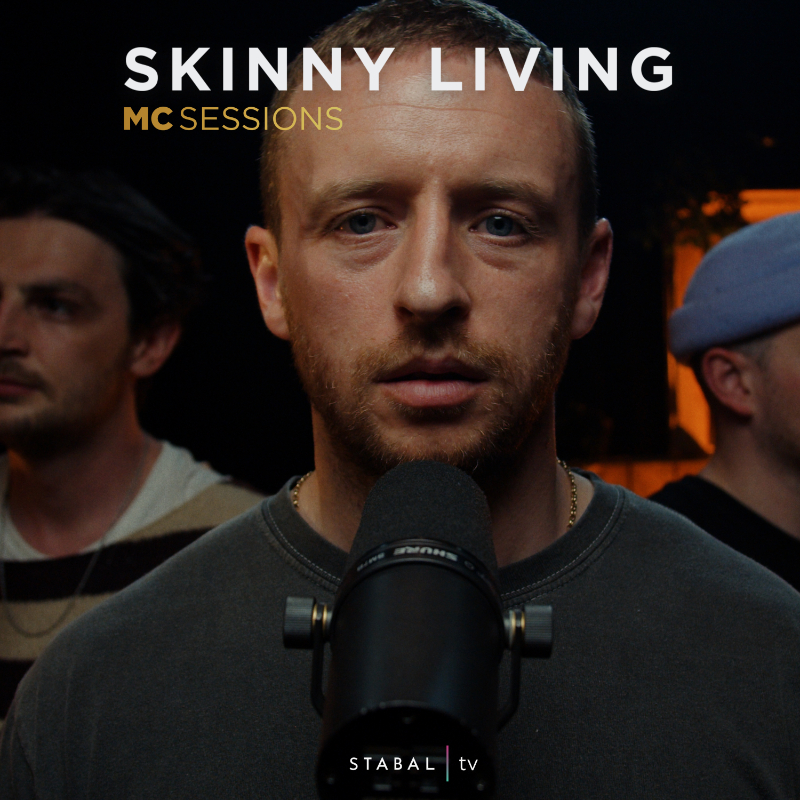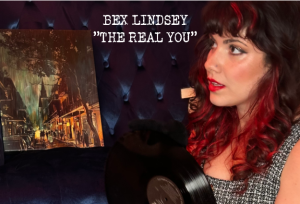Key takeaways
- Lyrics and tunes can articulate sadness, longing, or hope
- These emotions are otherwise complicated to express
- Songs can validate your experience and uncover hidden emotions
Breaking up is hard, whether it’s a relatively new relationship, a partnership, or a long marriage. According to research published in the Journal of Family Psychology, breakups reduce life satisfaction and increase psychological distress. The adverse effects of a breakup often have an adverse impact on one’s mental health for some time after the separation, even years in individual cases.
Music can act as an emotional translator, giving voice to feelings you haven’t fully processed or even recognised. Lyrics, melodies, and rhythms have a unique ability to articulate the nuanced grief, anger, longing, or hope that often feels too complex to express. A single song can validate your experience, offer catharsis, or uncover hidden layers of emotion, helping you make sense of the emotional chaos. In that way, music becomes both a mirror and a guide, reflecting your inner world while gently moving you through it.
Classic and new hits capture different stages of healing
Beautiful, emotionally resonant songs often connect deeply with people overcoming past relationships, each capturing different stages of healing. The raw and emotional masterpiece “Someone Like You” by Adele captures the bittersweet acceptance of lost love as the singer hopes her ex would magically understand it wasn’t over for her just by seeing her face. There is hope for healing in finding someone “like” her ex. What makes the song so poignant is the singer’s own admission of how unrealistic it is to find the exact same person, dynamics, and relationship is.
“Better Man” by Little Big Town captures the disappointment and pain that ultimately replace hope after a relationship is over. The emphasis is on that rather than on the actual man who the song is about and who the singer (or Taylor Swift, who wrote the song) hoped would have been a better person.
A notable song released in 2025 is “More to Lose” by Miley Cyrus, which explores the importance of maintaining emotional strength as love fades. It captures the denial and agony of not being ready to let go, the clinging to sweet fragments as the relationship quietly crumbles. The song is about anyone who stayed too long, not because they were weak, but because they hoped and loved too much.
No song expresses overcoming weaknesses as poetically as “Bird Set Free” by Sia, where she compares a woman suffocating in a relationship to a caged bird. Ultimately, she comes out stronger with refrains of newfound hope and resilience.
It’s not a “you” problem
Orienting yourself to frequent issues that lead to breakups will not only help normalize your situation but potentially also avoid similar mistakes in future relationships. Breakups are part of life. According to research, around half of first marriages end in divorce, and more than a third of unmarried people aged 18-35 have broken up with at least one person in the past two years.
The most common causes of divorce are lack of commitment (75%), cheating (59.6%), excessive conflict (57.7%), getting married too young (45%), financial problems (36.7%), drug and alcohol abuse (34.6%), and domestic violence (24%).
FAQ
Why do people listen to sad music after breaking up with someone?
Sad music can facilitate a catharsis. Music offers a safe way to tap into emotions that are difficult to process. Sad songs, in particular, evoke strong emotions and help people feel better when they’re going through hard times.
How does music help after a breakup?
Listening to music, playing instruments, or writing songs offers comfort and helps one process their pain and recover emotionally. Music helps people accept what happened and move on, mainly by highlighting the universal nature and validity of negative feelings after a breakup.
How can music help people understand their emotions?
When we listen to or make music, we bypass conscious thought and connect with our emotions directly. We become more mindful and present in the moment, which enables us to recognize our emotions and express them.







